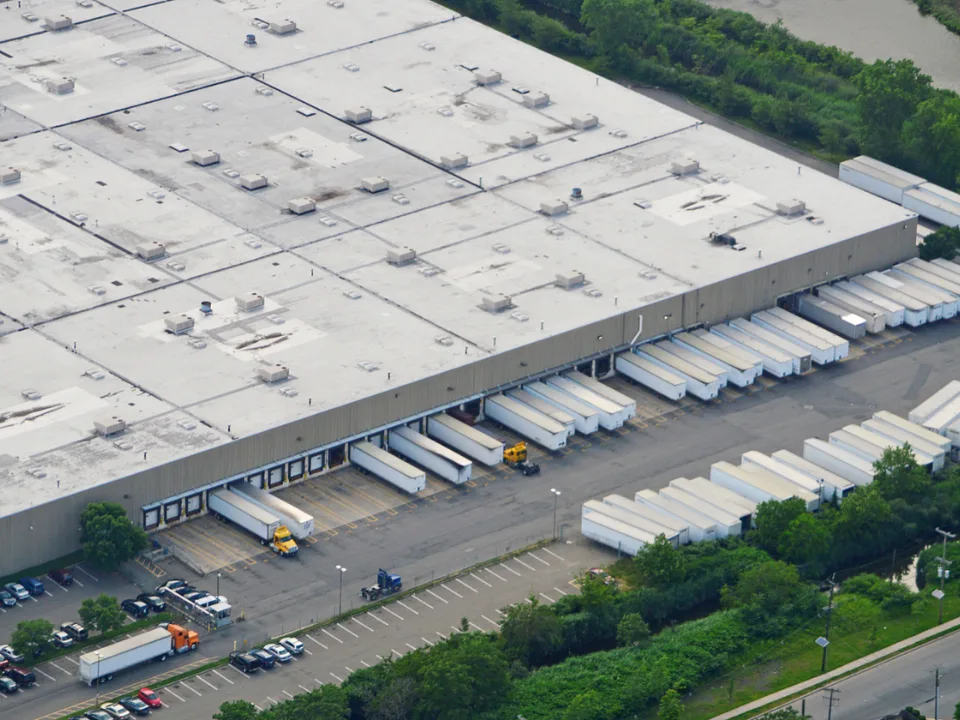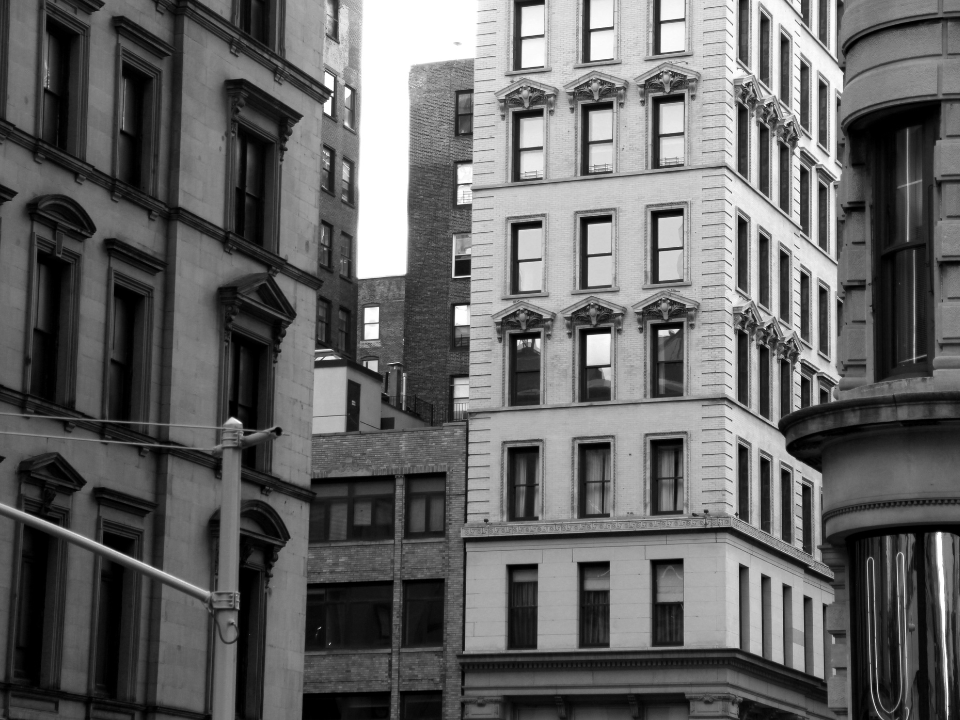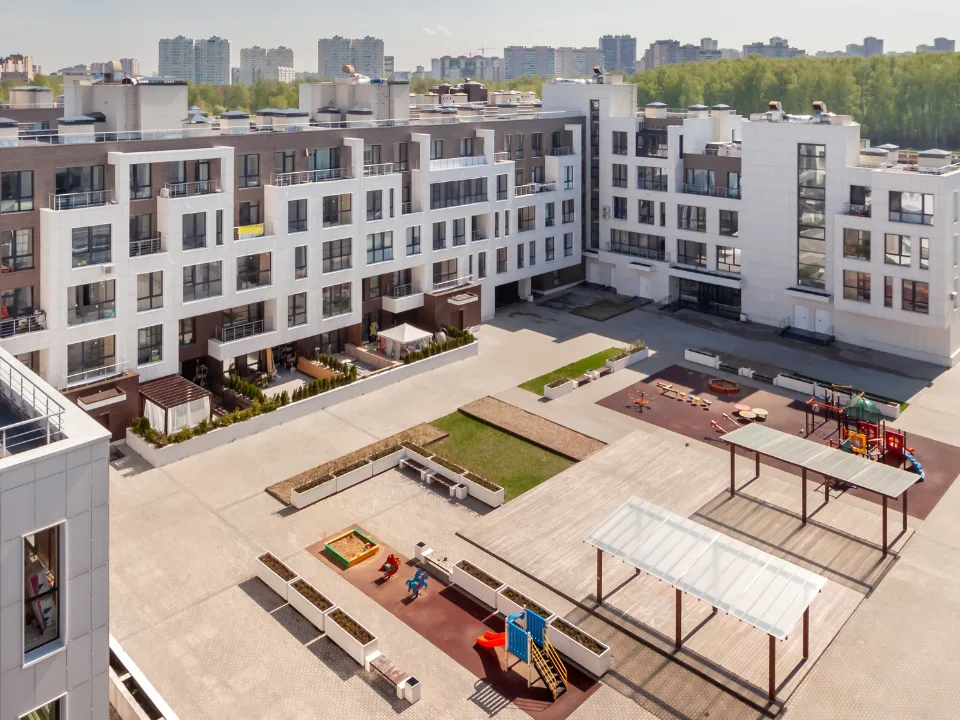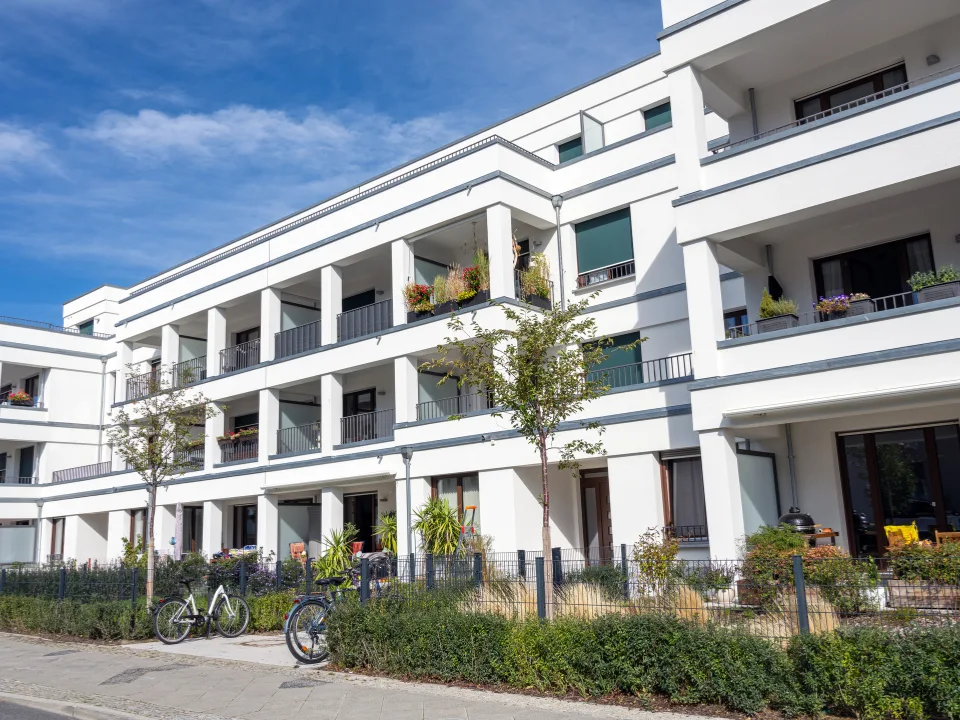- NYC’s Conversion Accelerator Program helps streamline transitions from offices to homes.
- The city’s interagency team expedites zoning assessments and permits for smoother conversions.
- The growing number of rezoning proposals in Lower Manhattan signal a shift to enhanced residential spaces.
Dozens of NYC office buildings are transitioning into residential to combat the city’s historic housing shortage, with plenty of progress.
Pedal to The Metal
Developers of 64 office buildings in NYC have participated in the city’s Conversion Accelerator Program for office-to-residential transitions. And the program isn’t wasting any time. Many of the 64 buildings have already been successfully converted or are in the conversion process, with 2.1K new apartments in progress.
Spearheaded by Mayor Eric Adams, the initiative aims to streamline the process of converting offices into dwellings as the city looks to create 20K new apartments over the next 10 years to alleviate the city’s infamous housing shortage.
The Conversion Accelerator Program brings together diverse city agencies to facilitate zoning assessments, permit acquisitions, and project advancement. This A-team includes reps from City Hall, the Department of City Planning, and other key CRE agencies. They will work collaboratively to evaluate the feasibility of conversion projects and provide necessary support to developers.
Unlocking Lower Manhattan
And with all its regulatory hurdles, the city could really use the help. The program’s proactive approach to identifying and surmounting conversion barriers aims to streamline bureaucracy and red tape to promote adaptive reuse and increase residential inventory.
The initiative includes rezoning proposals in Lower Manhattan, in particular, to allow for more flexible property use. This should help turn aging office buildings in the city’s downtown business district into much-needed residential spaces.
Notably, the ambitious conversion of 25 Water Street into 1.3K apartments symbolizes the broader drive to revitalize commercial spaces. Seven such conversion projects have recently been completed or are underway.
Why It Matters
Naturally, all eyes are on the Big Apple to see how successful Mayor Adams’ initiative will be in the years to come. NYC’s housing shortage is one of the worst in the country, and other major metros with limited space will surely follow in the city’s footsteps if the conversions proceed smoothly.
















